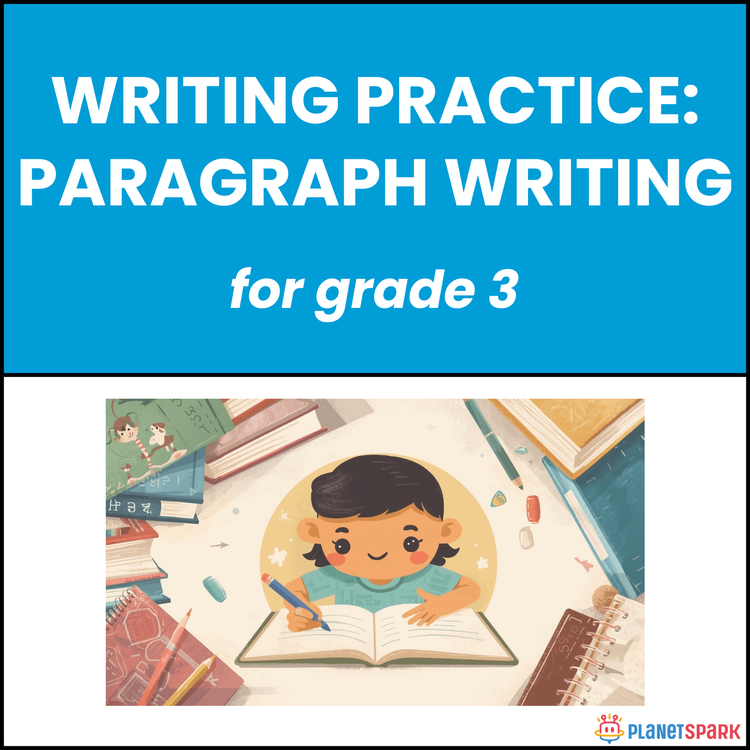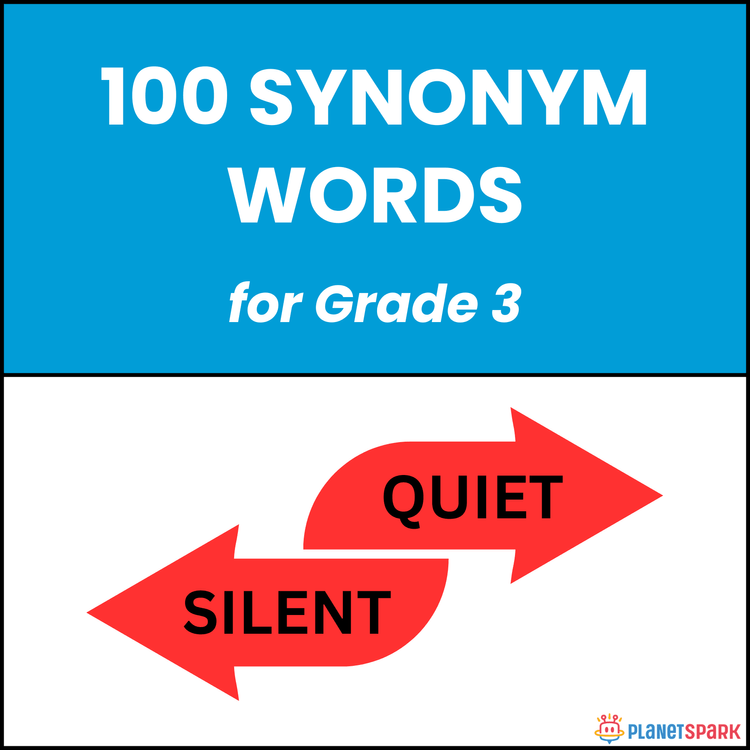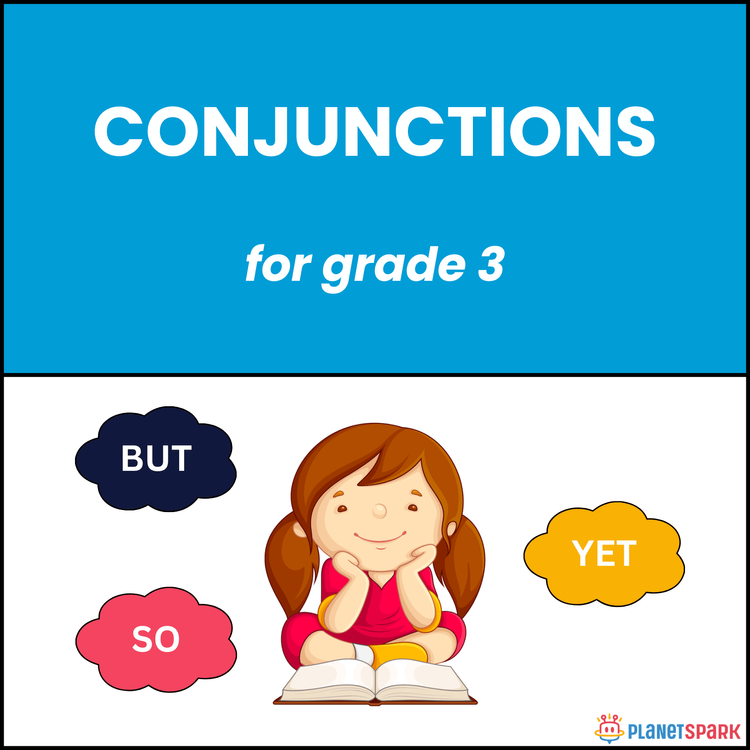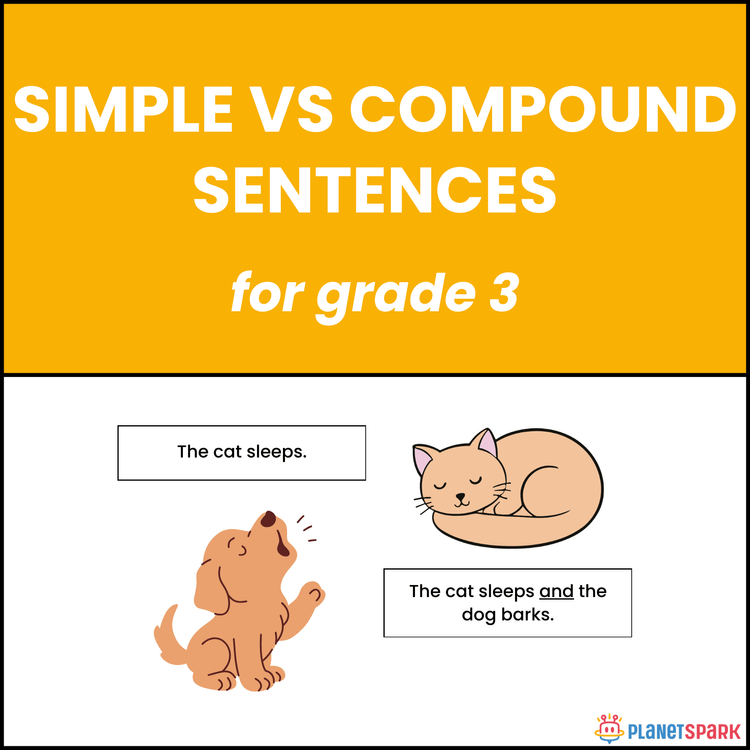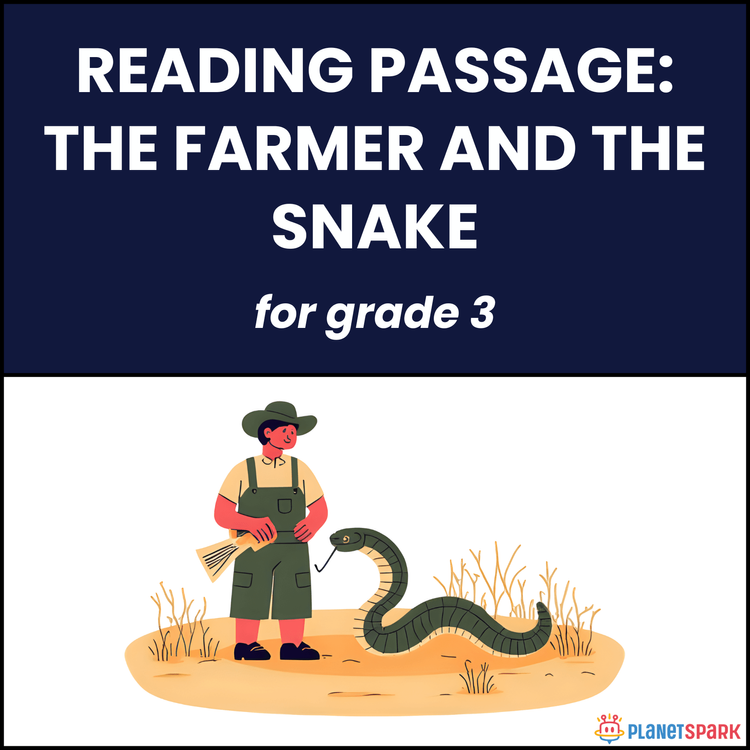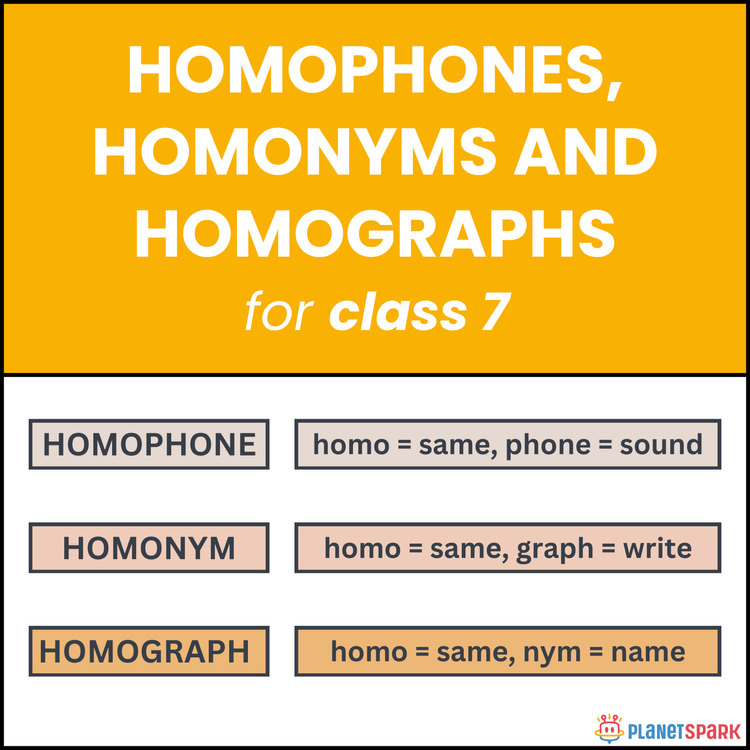Grade 3 Understanding Poems on My Shadow
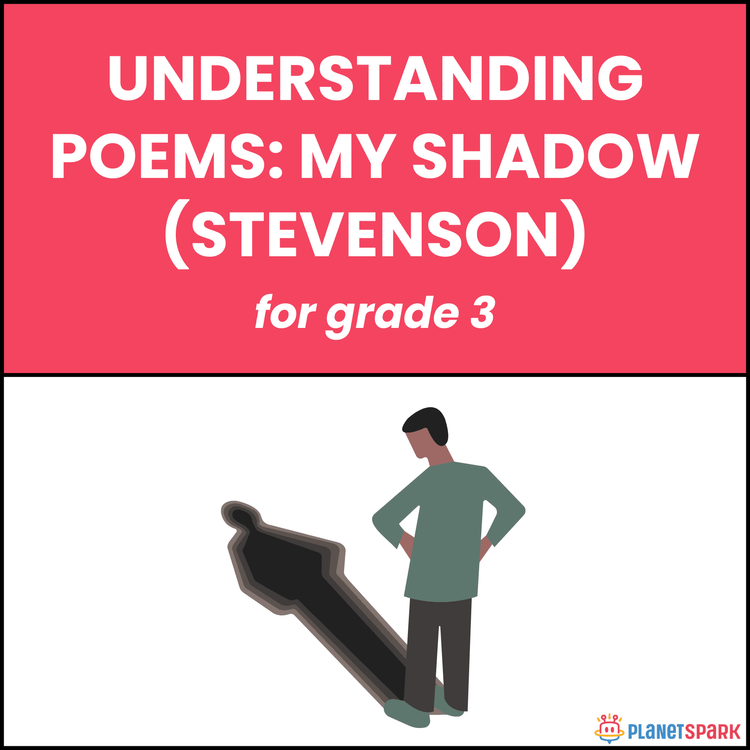

Grade 3 Understanding Poems on My Shadow
Following My Shadow: Understanding Poem “My Shadow” by Robert Louis Stevenson for Class 3
This Grade 3 comprehension worksheet features Robert Louis Stevenson’s famous poem "My Shadow". It introduces children to playful poetry, rhythm, and personification while helping them build observation, imagination, and inference skills.
Why Understanding Poems Matters in Early Learning?
1. It helps children relate poetry to everyday experiences in a fun way.
2. It builds literary appreciation through rhyme, rhythm, and repetition.
3. It enhances vocabulary and creative thinking using poetic imagery.
4. It encourages observation and curiosity about natural phenomena like shadows.
What’s Inside This Worksheet?
📖 Understanding Poem – My Shadow
I have a little shadow that goes in and out with me,
And what can be the use of him is more than I can see.
He is very, very like me from the heels up to the head;
And I see him jump before me, when I jump into my bed.
The funniest thing about him is the way he likes to grow—
Not at all like proper children, which is always very slow;
For he sometimes shoots up taller like an India-rubber ball,
And he sometimes gets so little that there's none of him at all.
He hasn't got a notion of how children ought to play,
And can only make a fool of me in every sort of way.
He stays so close beside me, he's a coward you can see;
I'd think shame to stick to nursie as that shadow sticks to me!
One morning, very early, before the sun was up,
I rose and found the shining dew on every buttercup;
But my lazy little shadow, like an arrant sleepy-head,
Had stayed at home behind me and was fast asleep in bed.
🧠 Objective Questions – Multiple Choice
Students answer questions about when the child sees his shadow, what makes it grow, and where it goes when the Sun is not up.
✏️ Subjective Questions – Short Answers
Learners reflect on how the shadow is personified, what it reveals about the child’s imagination, and the cause-and-effect idea behind the “lazy shadow.”
✅ Answer Key (For Parents & Educators)
Objective Questions:
1. b) In and out with the child
2. c) Very early before the Sun was up
3. a) Buttercup
Subjective Questions:
1. The shadow is “very, very like me from the heels up to the head.”
2. The shadow grows and shrinks quickly—“shoots up taller… gets so little.”
3. The speaker calls it a coward because it “stays so close beside me.”
4. The main idea: A playful child describes how his shadow acts like a living friend.
5. The shadow “slept” because there was no sunlight before dawn.
6. *Personification* makes the poem funny by giving the shadow human habits like laziness.
7. Suggested new title: “A Day with My Shadow.”
Encourage your child to explore rhythm, imagination, and humor through this charming and timeless poem by Robert Louis Stevenson!
🔖Book a free trial!
Frequently Asked Questions
They develop awareness of rhythm, imagery, and the feelings expressed through playful verse.
Parents can encourage drawing pictures, acting out lines, or discussing how words create images.
It improves reading fluency, memory, and enjoyment of CBSE English poem comprehension practice.
